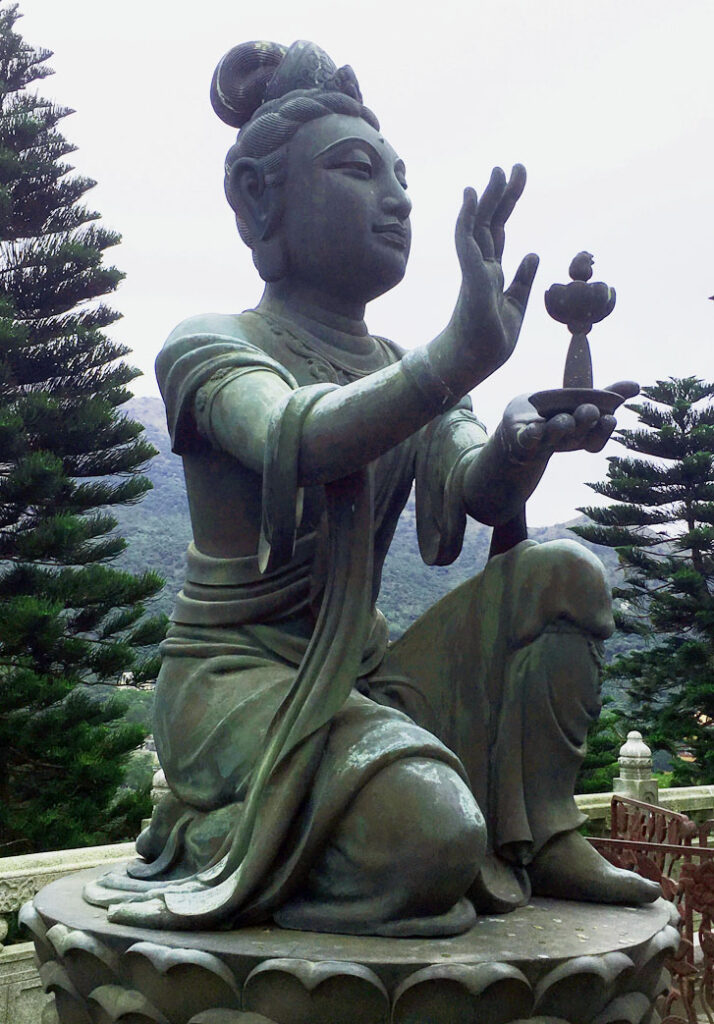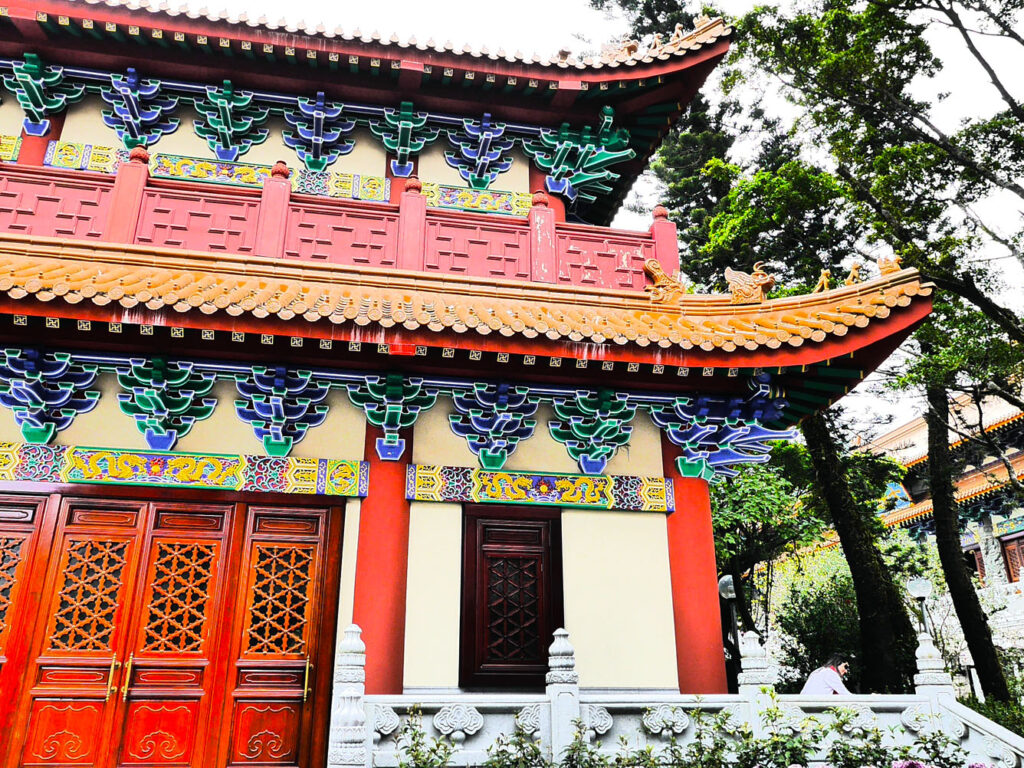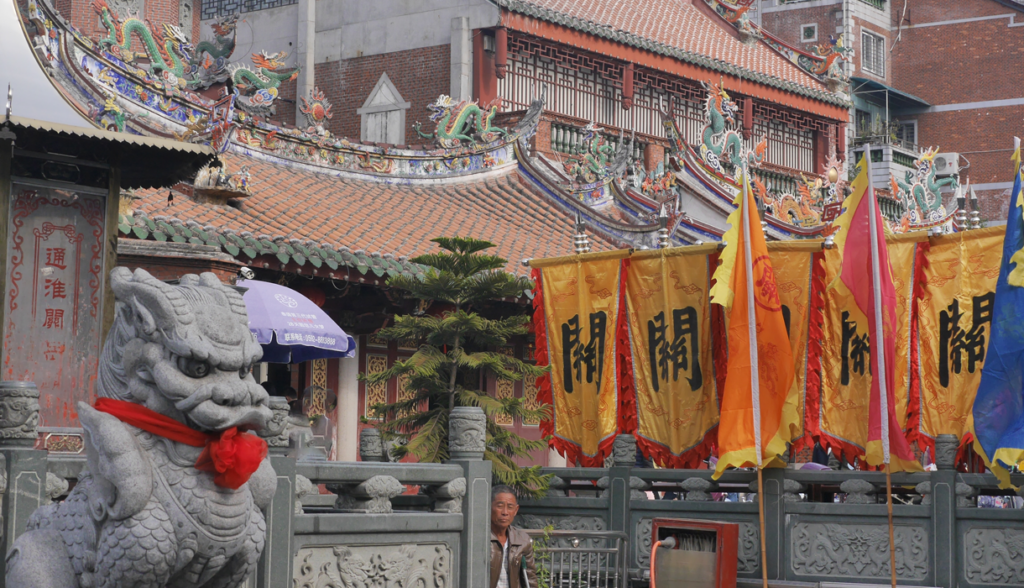In recent years, China has expanded its use of social media to support both internal and external influence. Within China itself, the regime uses government sponsored social media (such as WeChat, Sina Weibo, Tencent Video, Douban, DouYin (TikTok) and many more) to influence and maintain control of narratives so that they are favorable. The approach inside China is both defensive and offensive. On the defensive side, the Chinese government aims to promote government narratives, reaffirm the legitimacy of the Communist Party, outreach to ex-patriots or citizens living abroad, and attack opponents outside of their borders. In offense, the Chinese government aims to intimidate its citizens through actual and implied surveillance with the goal of creating the perception that judicial reach is as easy as pulling down a citizen’s social media history.[i]
Outside of China, there is a similar pattern of activities. In this instance, however, the Chinese government and state-sponsored media outlets utilize their presence on US-based social media platforms such as Twitter, Facebook, Instagram, and others to present the policies and Party lines in a positive light abroad. While these activities are defensive in nature, there are offensive actions as well, including military strategic messaging from units in the People’s Liberation Army (PLA), implied surveillance of citizens and ex-patriots abroad, and more recently fake news. [ii]
Hong Kong Unrest, 2019

The textbook example of Chinese government activities in social media can be viewed through the lens of the significant unrest in Hong Kong that began in the summer of 2019. Within China proper, the government censored both social media and web searches through its extensive control of site access and content filtering. In Hong Kong, protesters took to uncensored social media (Twitter and Facebook) starting the hashtag #STANDWITHHONGKONG movement.
As the mainland China backed Hong Kong government looked to impose significant restrictions on citizens, the backlash grew even more.
The protestors were successful in amplifying alleged violence perpetrated by the authorities, drawing the ire of Beijing.
While not specifically attributed to the Chinese government, both Facebook and Twitter suspended thousands of accounts that were spreading disinformation aimed at discrediting the legitimacy of the protests. Use of organized disinformation is a tactic that would be expected to be used offensively by the Chinese government to shape narratives abroad. [iii]
COVID-19 Pandemic, 2020
After the Hong Kong unrest, China was faced with yet another crisis: the COVID-19 (coronavirus) pandemic. With the origins of the virus traced to Wuhan and many countries suspicious of the release of information by China, Beijing realized it had to leverage all means necessary to protect the regime. Internally, the regime utilized both state owned social media and infrastructure on US-owned platforms to present the government’s handling of the response – including the complete lockdown of Wuhan – to spin the story positively. One example of this campaign of “efficient, effective, and transparent” response is the construction of multiple hospitals in Wuhan, which was covered extensively by Chinese social media and amplified in the West by popular outlets such US National Public Radio (NPR) and even the US Government-sponsored Voice of America. [iv]
This apparent positive amplification was short-lived, forcing the Chinese government to take a more offensive stance. On March 12, 2020, the Chinese ambassador to the US (Zhao Lijian) tweeted that perhaps the US military had brought the virus to Wuhan. This narrative continued into April, and Chinese state media on Facebook used paid advertisements to amplify the change in tone they were seeking.

By simply increasing the rate of advertising, the Chinese government was able to seemingly shift the context of the COVID-19 pandemic from negative to positive.[vi] Of course, it did not hurt that the US response to the pandemic was so uneven that the Chinese government could claim they got it right.
US Presidential Elections 2024
In May 2024, Dr. Avril Haines, Director of National Intelligence spoke at a hearing of the Senate Armed Services Committee. She testified that America’s foreign adversaries will again seek to influence the upcoming U.S. elections, top security officials warned members of the Senate Wednesday, harnessing the latest innovations in artificial intelligence to spread online disinformation, mislead voters and undermine trust in democracy, in particular, U.S. elections. U.S. officials who track disinformation campaigns say they have issued more warnings to political candidates, government leaders and others targeted by foreign groups in recent months as America’s adversaries seek to influence the outcome of the 2024 election.
Then on Wednesday, June 12, the Office of the Director of National intelligence was quoted by AP as saying “presidential elections draw more attention from our adversaries” referring to the fact that DNI analysts have documented a higher number of campaigns during this election cycle.
Voters in the November 2024 Presidential election would serve themselves well if they stuck to credible news sources and avoid highly emotionally-charged allegations by known biased social media platforms.

References:
[iii] University of California Berkley: #MOVEME: A Guide to Social Movements & Social Media, #STANDWITHHONGKONG, https://moveme.berkeley.edu/project/standwithhongkong/
